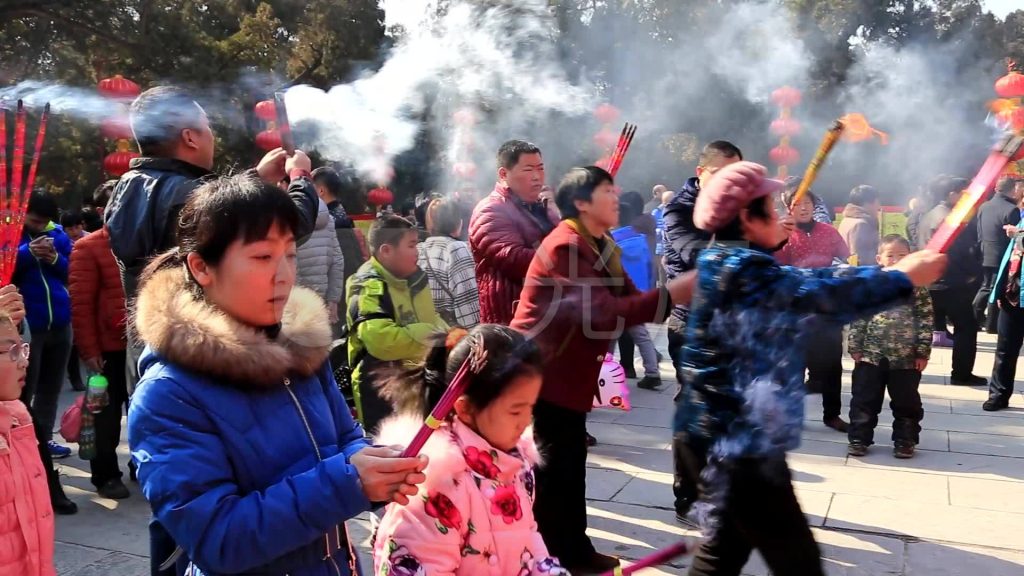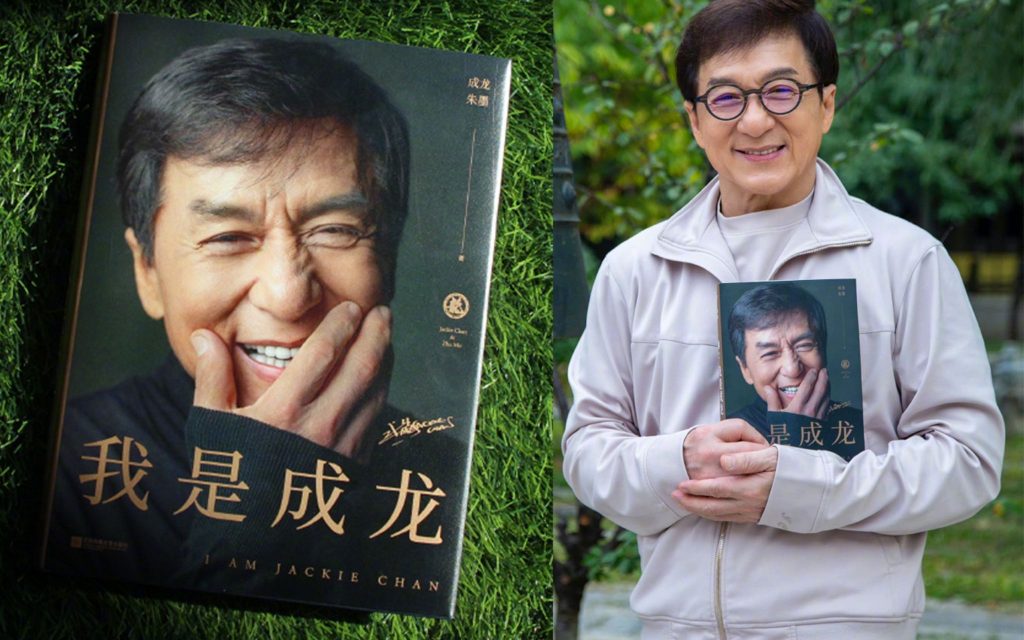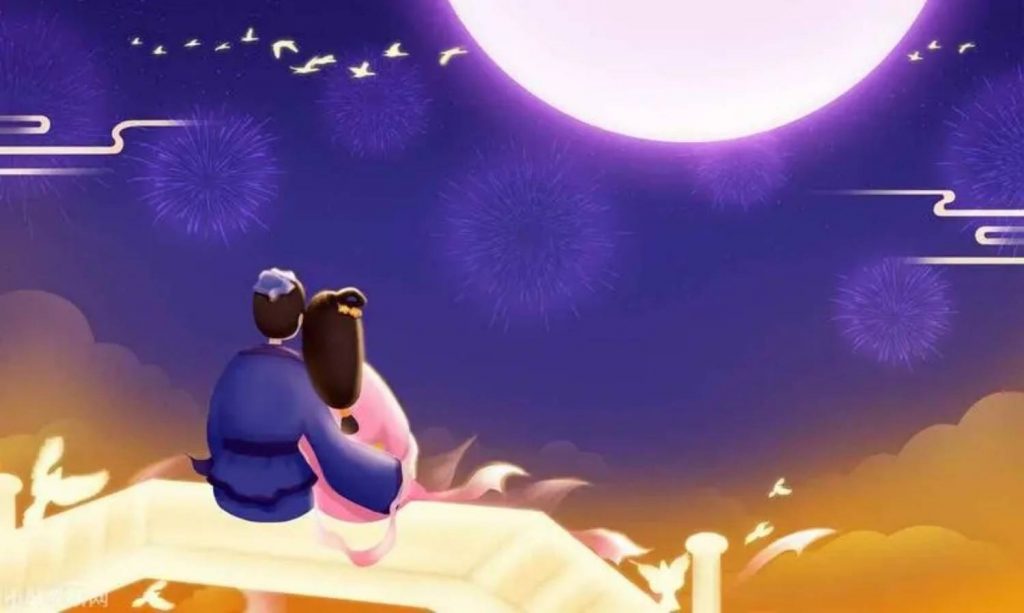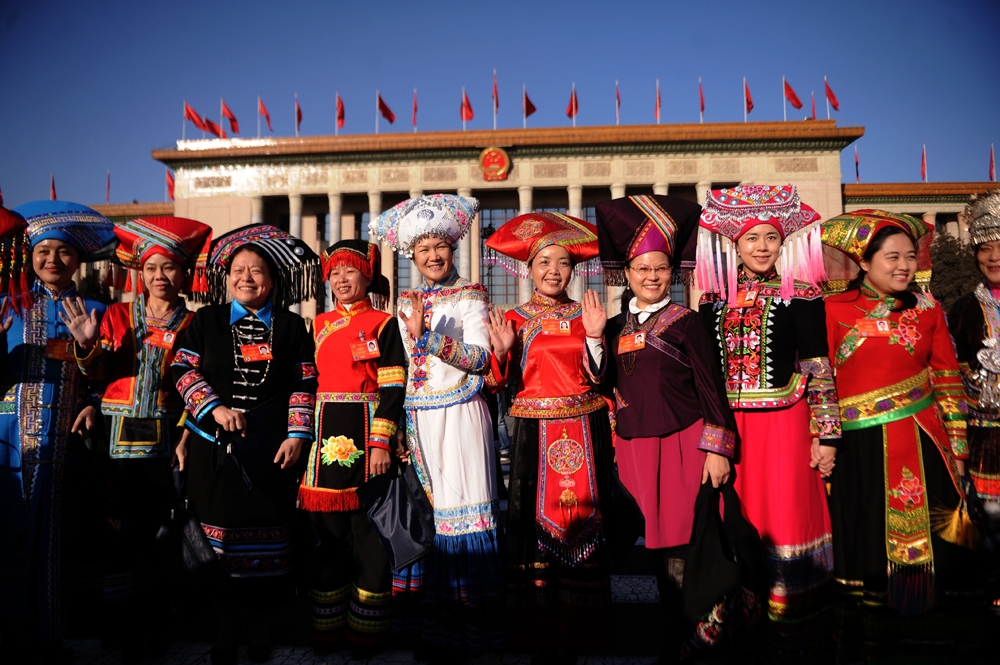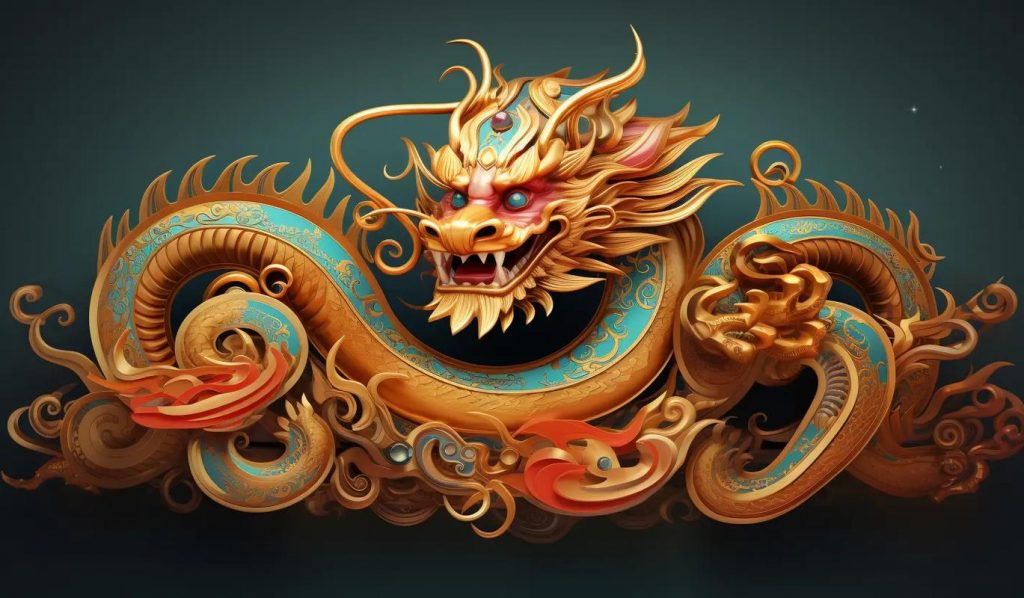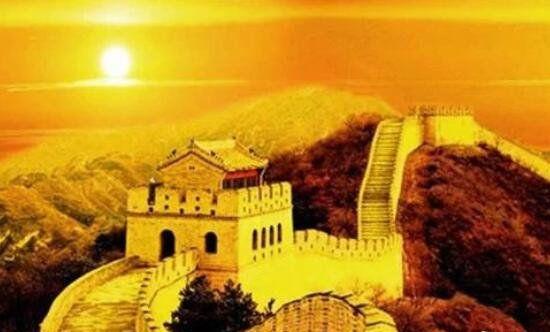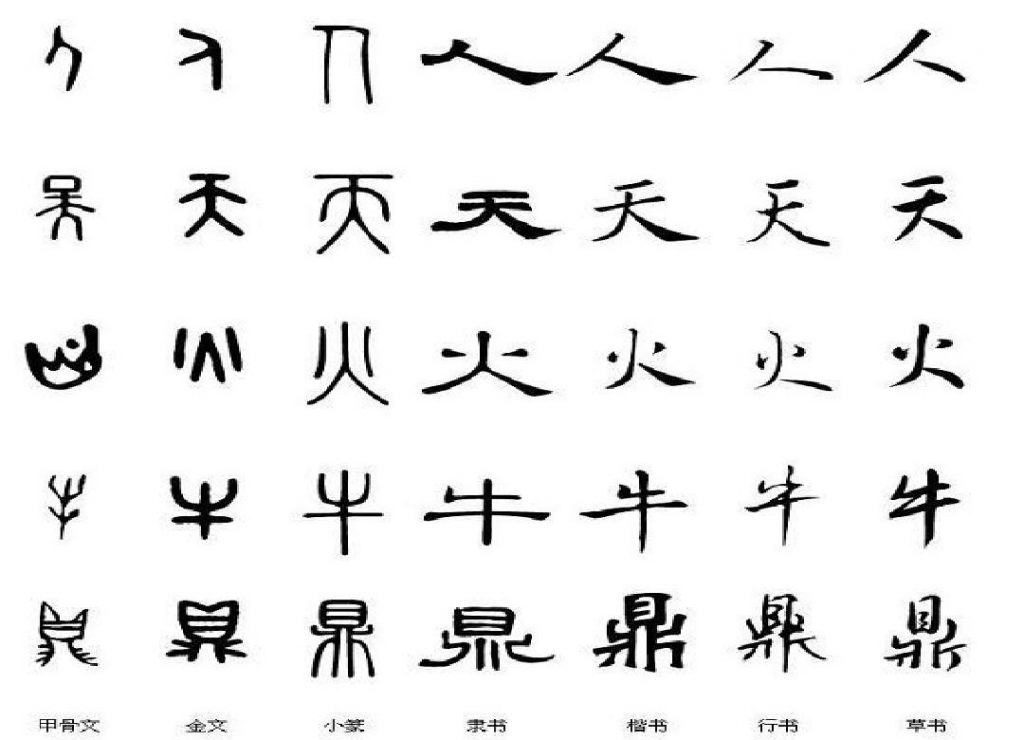
In China’s long history, writing, as an important carrier of cultural inheritance, has evolved through multiple stages including oracle bone inscriptions, bronze inscriptions, small seal script, official script, and regular script. This evolution not only reflects the profound heritage of Chinese civilization, but also reflects the unique charm of Chinese characters as one of the oldest scripts in the world. Regarding the question “Can current Chinese people still understand the Chinese characters of the past?”, the answer is not generalizable, but depends on a variety of factors, including personal educational background, interests and hobbies, depth of research, and the specific “past” “Chinese characters” era, etc. Here’s an in-depth look at the issue.
- Universality and particularity of the evolution of Chinese characters
- Universality:
Although Chinese characters have undergone significant changes in form from oracle bone inscriptions to modern Chinese characters, their basic character construction principles and character creation methods such as pictography, referring to things, understanding, and pictophonetic sounds have been retained to a large extent. This continuity allows modern people, when learning Chinese characters, to trace back to earlier character forms through their understanding of modern Chinese characters, thereby understanding the cultural meaning and historical background behind them. - Particularity:
However, the morphology of Chinese characters in different historical periods is significantly different, especially the writing style and stroke structure of early oracle bone inscriptions and bronze inscriptions are very different from modern Chinese characters. These words often require professional knowledge and training to accurately identify and understand. Therefore, it may be difficult for non-professional researchers or people without relevant training to directly read and understand these ancient texts. - Modern Chinese people’s cognitive ability of past writing
- The influence of educational background
In China, the basic education system generally includes the teaching of the history and evolution of Chinese characters, which provides students with a certain basic knowledge of Chinese characters. Through classroom learning, students can understand the evolution of Chinese characters from oracle bone inscriptions to modern Chinese characters, as well as the characteristics and representative works of Chinese characters in each period. This kind of education has given many modern Chinese people a certain knowledge and understanding of the Chinese characters of the past. - Interests and research depth
In addition to basic education, some individuals or scholars who have a strong interest in ancient culture, history, archeology and other fields will further study and learn ancient Chinese characters. They continue to improve their understanding of ancient Chinese characters by reading ancient books, visiting museums, and participating in academic seminars. These people tend to have higher abilities in identifying and understanding Chinese characters from the past. - Assistance by technological means
With the development of science and technology, modern people have also received more help in identifying and understanding ancient Chinese characters. For example, digital technology has allowed a large number of ancient documents to be preserved and displayed. Through electronic devices and professional software, people can easily check and compare Chinese character forms in different historical periods. In addition, artificial intelligence and machine learning technology have also been applied to the field of Chinese character recognition, providing researchers with powerful tool support by training models to identify and analyze ancient Chinese characters. - Challenges and Solutions
- Challenges faced
High professional threshold: For non-professional researchers, directly reading and understanding ancient Chinese characters requires a high level of professional knowledge and skill reserves.
Scarcity and protection of documents: Some ancient documents have been seriously damaged or lost due to their age, making research difficult.
Language barrier: Ancient documents often contain a large number of ancient Chinese vocabulary and grammatical structures, which are quite different from modern Chinese, making it more difficult to understand. - Solution
Strengthen education and training: increase the teaching content on the history and evolution of Chinese characters in the basic education stage to cultivate students’ interests and basic abilities; at the same time, provide more professional training and resource support for individuals or scholars who are interested in in-depth study of ancient Chinese characters .
Utilize scientific and technological means: Give full play to the advantages of modern scientific and technological means such as digitalization and artificial intelligence to promote the identification, arrangement and research of ancient Chinese characters; at the same time, strengthen international exchanges and cooperation and share research results and resources.
Protection and inheritance: Strengthen the protection and restoration of ancient documents to ensure that they are well preserved and passed on to future generations; at the same time, we will popularize the knowledge of ancient Chinese characters through holding exhibitions, lectures and other activities to improve the public’s cultural literacy and cognitive level. - Conclusion
Today’s Chinese people’s understanding of past Chinese characters is diversified. It is affected by personal education background, hobbies and research depth, and also benefits from the assistance of modern scientific and technological means. Although there are certain challenges and difficulties in directly reading and understanding ancient Chinese characters, by strengthening education and training, using scientific and technological means, and strengthening protection and inheritance, we can continue to improve our understanding of ancient Chinese characters.

